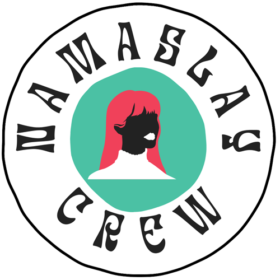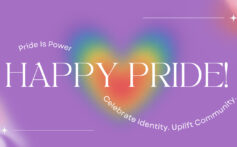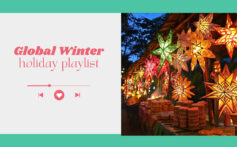The History of Burlesque: How It’s Survived the Past 200 Years
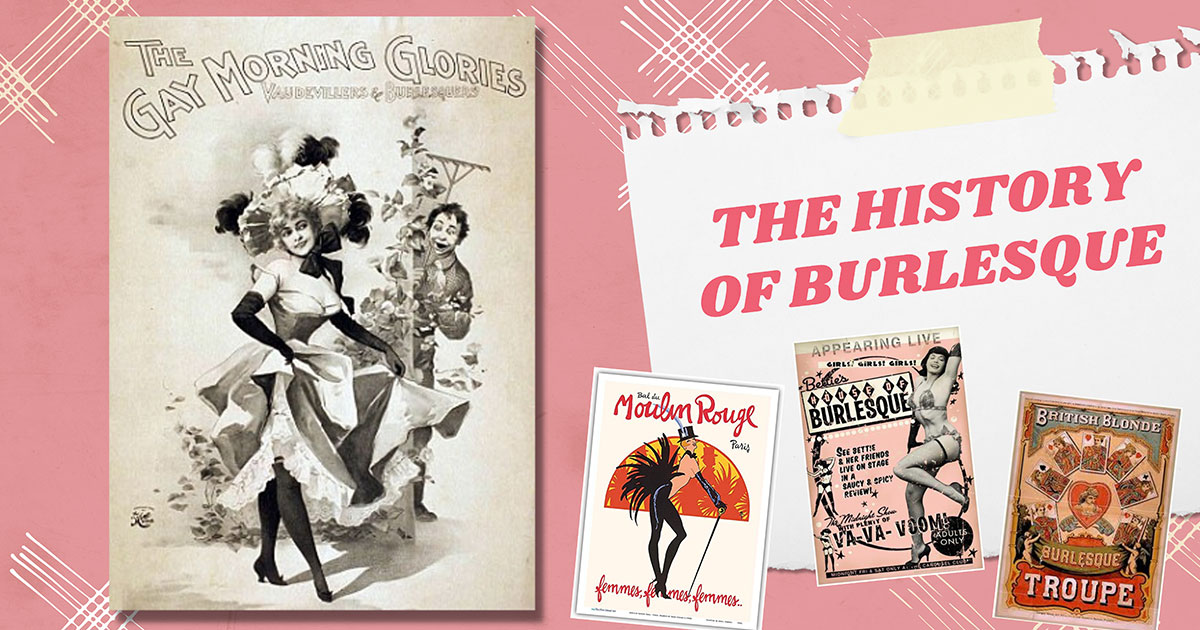
The History of Burlesque: How It’s Survived the Past 200 Years
Burlesque is an art form that dates back hundreds of years. It has taken on many iterations throughout history, each evolving into different thematic offshoots that have defined what we know as burlesque. Now, there are multiple popular kinds of burlesque around the world. However, a large portion of the population is still unsure of what burlesque really is. I myself had no clue about its real origins and original themes. It’s likely not what you expected and if you love learning about the history of things as much as I do, you’re in for a treat… (wink wink)
Here’s everything you need to know about burlesque, its history, and how it has evolved over the past 200 years.
What, Exactly, Is Burlesque?
More often than not, when a person hears the word “burlesque,” the next word that comes to mind is “provocative.” While this is true to some extent, burlesque is much more than just a provocative show. Burlesque is an historic art form that takes theater and combines it with parody-like comedy, drama, and dancing.1
There are multiple off-shoots of burlesque including American burlesque, which is a more exotic and provocative version of the original Victorian burlesque. Emphasizing elaborate movements and gaudy looks, artists tell a story through their performances, most of which are satirical.
What Is Burlesque Dancing?
Burlesque is also a unique genre of dancing. Combining ideas from theatrical performances, musicals, and comedies, burlesque has become a well-known style of dance around the world. Some versions add more than a hint of provocativeness, while others are a bit less so. The dance involves big, bawdy moves with exaggerated expressions and poses, many of which are of the exotic type.
So, Where Did Burlesque Come From?
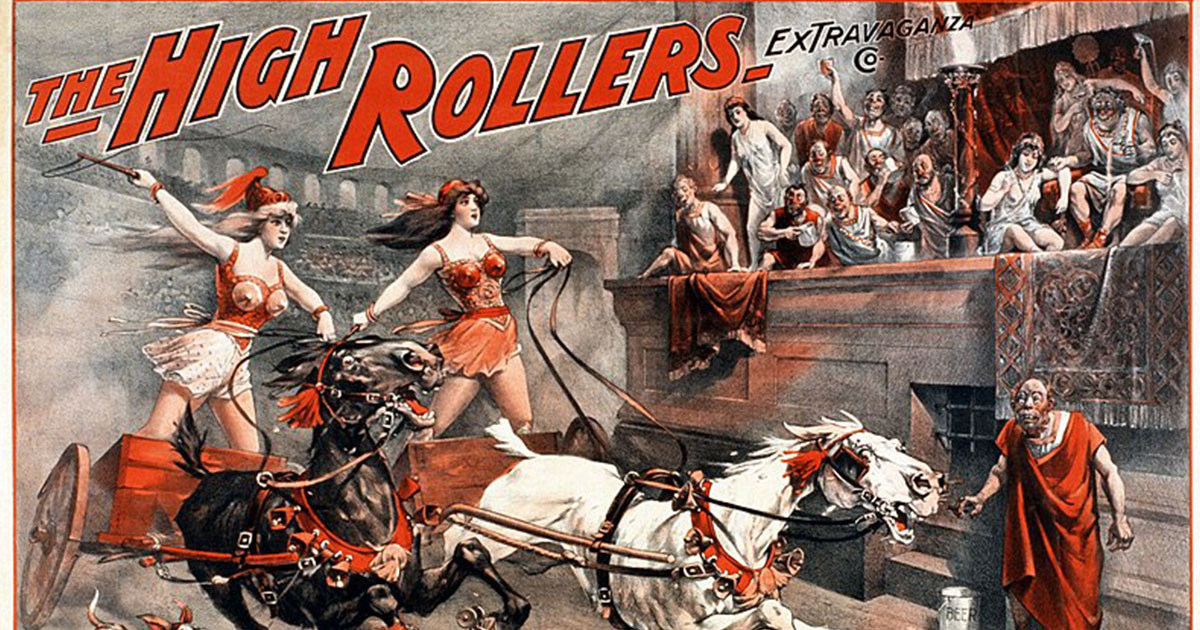
Burlesque is an offshoot of commedia dell’arte, which is an early form of Italian theater that became popular around the 1500s in Europe. 2 Its roots can be traced to the 18th century where, much like other forms of entertainment, it was an answer to the popular crazes of opera and ballet. The earliest appearances of the modern burlesque we know today can be found scattered throughout the 1800s. This form is known as Victorian burlesque.
Victorian burlesque took the dramatic aspects of theatrical performances and combined them with ideas from parodies as well as satirical comedy. In addition, performers would act or dance to popular music, poems, or stories of the times, with their main priority being to make the audience laugh. Coming from the Italian word “burlesco,” meaning a “joke” or “mockery,” burlesque continues to find its true roots in making people laugh.
Prominent Types of Burlesque
Burlesque has evolved many times over the years, giving us multiple different forms of this unique art style. The two most recent and popularly known forms of burlesque are Victorian and American burlesque.
Victorian Burlesque
As mentioned above, this form of burlesque that became popularized in the late 1800s, Victorian burlesque, is the origin of all modern burlesque we see today. It was an extravagant, bawdy, and rowdy form of musical theater, almost like a variety show of the times. The performances often picked on the aristocracy and people of upper classes, making fun of their sometimes-snobby behavior.
In addition, the performances would cover popular topics of the time, like Shakespeare or pieces from the Grand Opera, but with a satirical twist. These burlesques quickly became known as “extravaganzas” and “travesties” throughout Europe.
American Burlesque
American burlesque is what many people refer to as modern burlesque. It began when the now famous burlesque dancer Lydia Thompson popularized the performance style with her dance troupe. 3 With her team of all female dancers, Thompson took the popular traits of Victorian burlesque and added a new element: being provocative.
From there, burlesque began to take off in America. Shows in New York began to add a structure like the minstrel shows, where the performances would begin with musical acts and sketches with the help of the female cast.
A few male comedians might be put into the second act or dispersed throughout the show, and the show is then concluded with more performances from the female members. Using witty humor, sexually suggestive dialogue, and musical sketches, burlesque turned into one of the most popular forms of entertainment during the early 1900s in America.
Burlesque at Its Peak
The “Golden Age” of burlesque in America was between the 1900s and the 1930s, where performances were often held in clubs, cabarets, and theaters. At the same time burlesque was gaining popularity in America, vaudeville circuits were also at their peak. Vaudeville and burlesque soon became the most popular forms of entertainment of the day and were consistently battling for the head position. Cast members of burlesques would work to one day ascend to vaudeville if they had the skill.
Once performances began offering alcohol to the audience, a new form of burlesque began to emerge. At this time, older burlesque circuits began to close, but venue owners didn’t want to have to shut their doors. This is where more provocative and sexually suggestive acts began to be supplemented within burlesque performances, in the hopes of bringing in new audiences. As a result, many burlesques began to add strip teases to their shows. This sexually suggestive aspect of the show was added so that burlesques could offer a form of entertainment that many other places could not.
Famous Burlesque Performers
Over the years, the burlesque style has been fortunate enough to feature talented performers like
Lydia Thompson
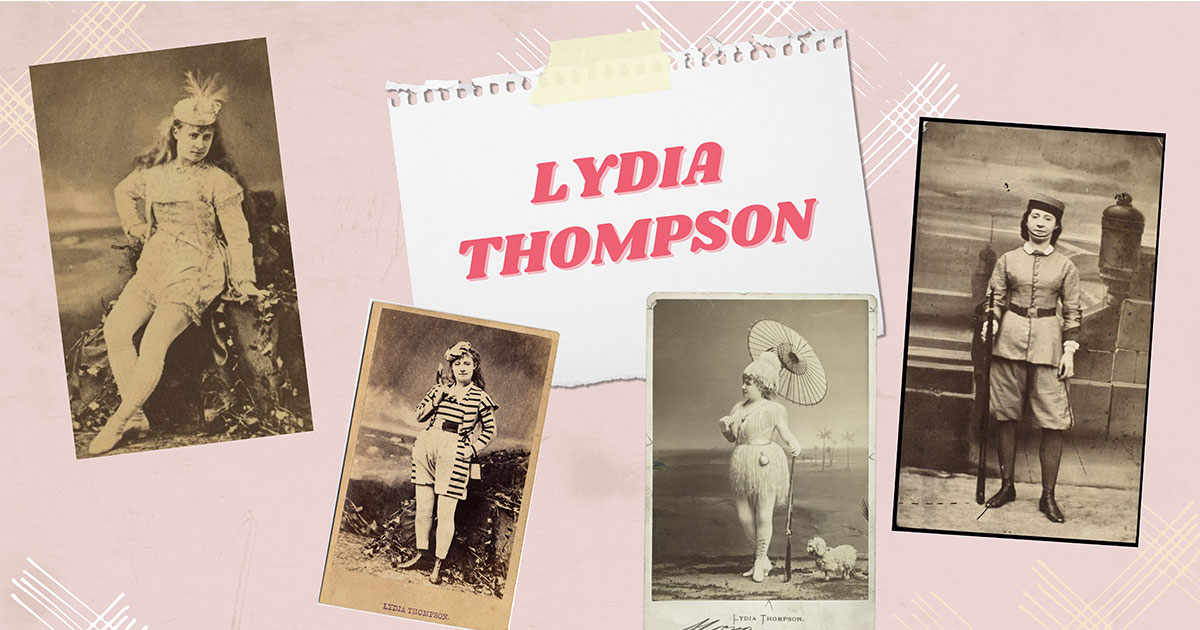 Lydia Thompson is often credited with helping bring the modern version of burlesque that we know today into popularity. Referred to as “the Queen of Burlesque,” she was an incredible performer in more ways than one, including being a singer, dancer, actor, producer, and comedian. Thompson paved the way for casts filled with women and brought burlesques to America. Thompson’s dance group, known as the “British Blondes,” inspired modern American burlesque, which took off quickly in the years after Thompson’s visit.
Lydia Thompson is often credited with helping bring the modern version of burlesque that we know today into popularity. Referred to as “the Queen of Burlesque,” she was an incredible performer in more ways than one, including being a singer, dancer, actor, producer, and comedian. Thompson paved the way for casts filled with women and brought burlesques to America. Thompson’s dance group, known as the “British Blondes,” inspired modern American burlesque, which took off quickly in the years after Thompson’s visit.
Gypsy Rose Lee
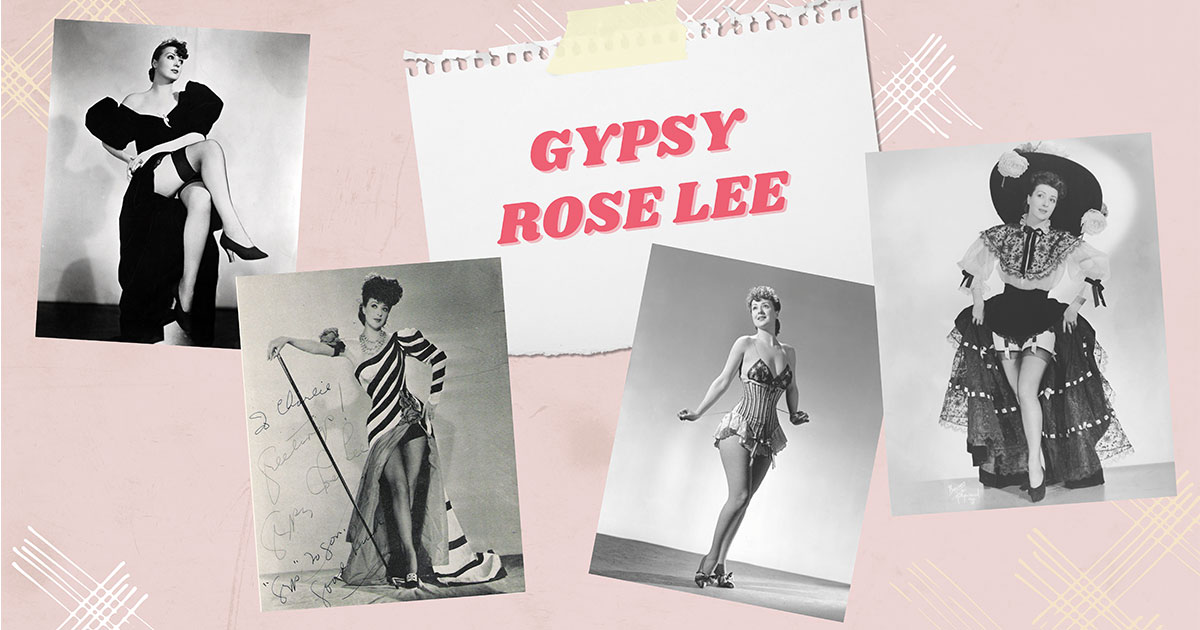
Gypsy Rose Lee was a well-known burlesque performer from the Golden Age. Her career originally began as a singer and dancer, but she was looking for a way to make her performances more risqué. As a result, Gypsy Rose Lee found herself in love with the world of burlesque and began performing there. With more freedom, Lee was able to create a performance that she felt proud of, using her witty humor, charm, musical talent, and the occasional sexual tease.
Josephine Baker
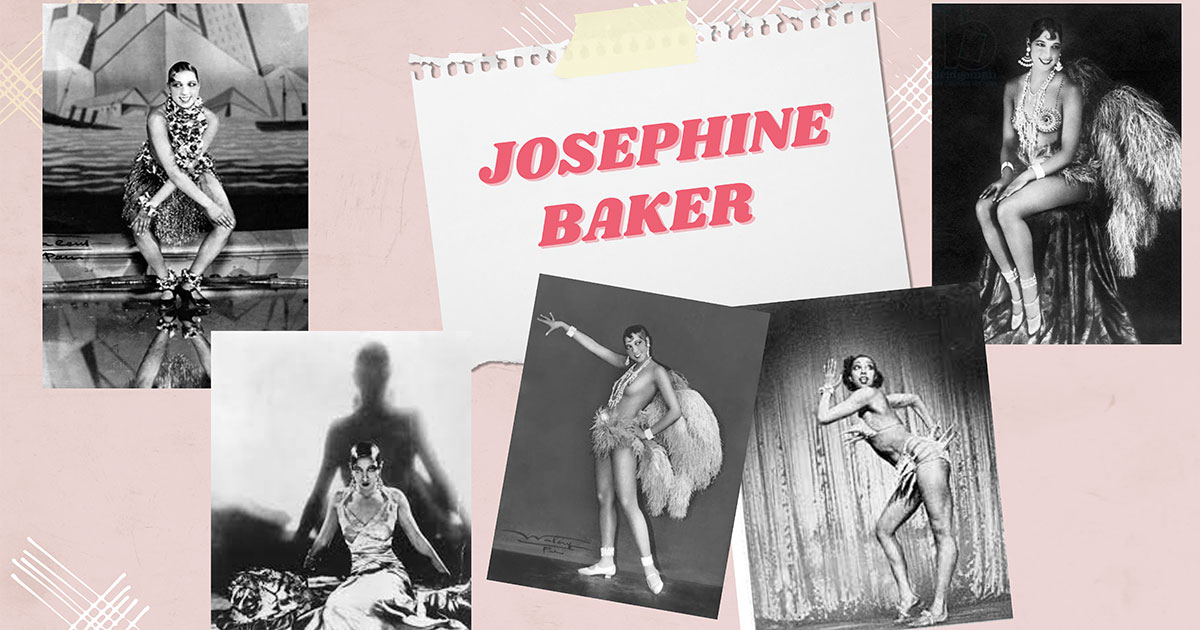 Josephine Baker was one of the most talented and popular African American performers of her time. She was also one of the first modern burlesque dancers to be “internationally-recognized.” Baker sold out multiple shows at widely renowned French cabarets. She was a star, not only for her amazing talent, but for her personality. Baker’s place in the burlesque world inspired many young black women to become performers.
Josephine Baker was one of the most talented and popular African American performers of her time. She was also one of the first modern burlesque dancers to be “internationally-recognized.” Baker sold out multiple shows at widely renowned French cabarets. She was a star, not only for her amazing talent, but for her personality. Baker’s place in the burlesque world inspired many young black women to become performers.
Sally Rand
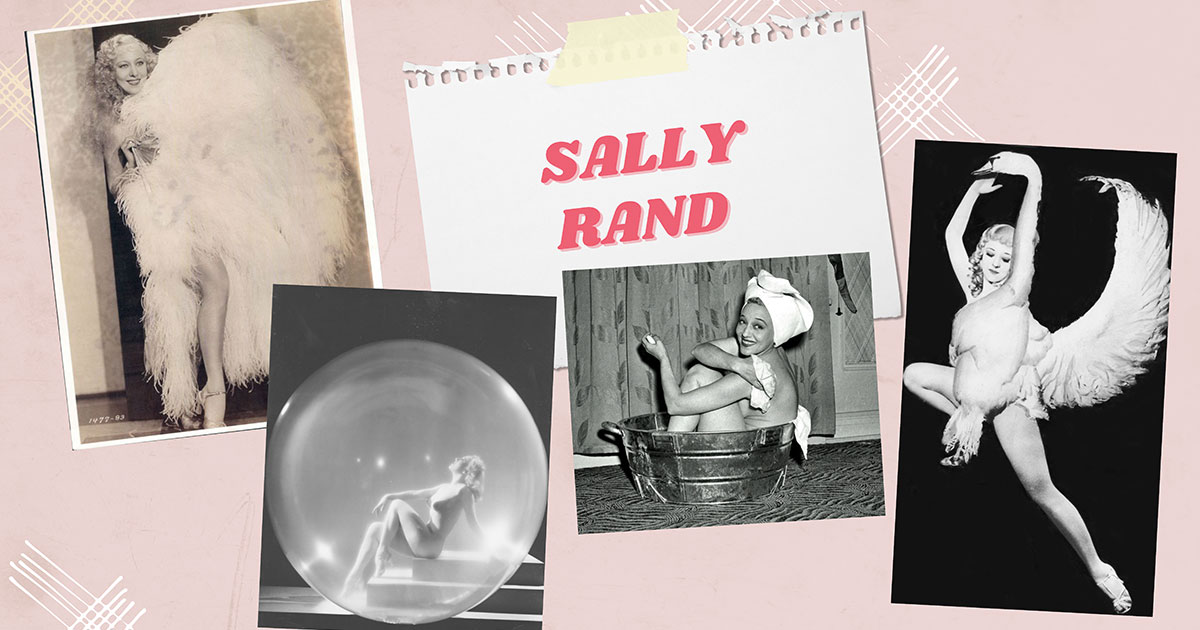 Sally Rand was an incredible performer who is often thought of as a pioneer of fan dancing. Fan dancing is an exotic or erotic dance that incorporates props like a large, feathered fan. 4 Both fan dancing and bubble dancing were new methods of performing that were slowly catching on in the burlesque scene. At the time, Sally Rand used her risqué dance routines in combination with fans and created what many people see as modern-day burlesque.
Sally Rand was an incredible performer who is often thought of as a pioneer of fan dancing. Fan dancing is an exotic or erotic dance that incorporates props like a large, feathered fan. 4 Both fan dancing and bubble dancing were new methods of performing that were slowly catching on in the burlesque scene. At the time, Sally Rand used her risqué dance routines in combination with fans and created what many people see as modern-day burlesque.
What to Expect From a Modern-Day Burlesque Show
Here’s what to expect if you’re planning to attend a modern-day burlesque show.
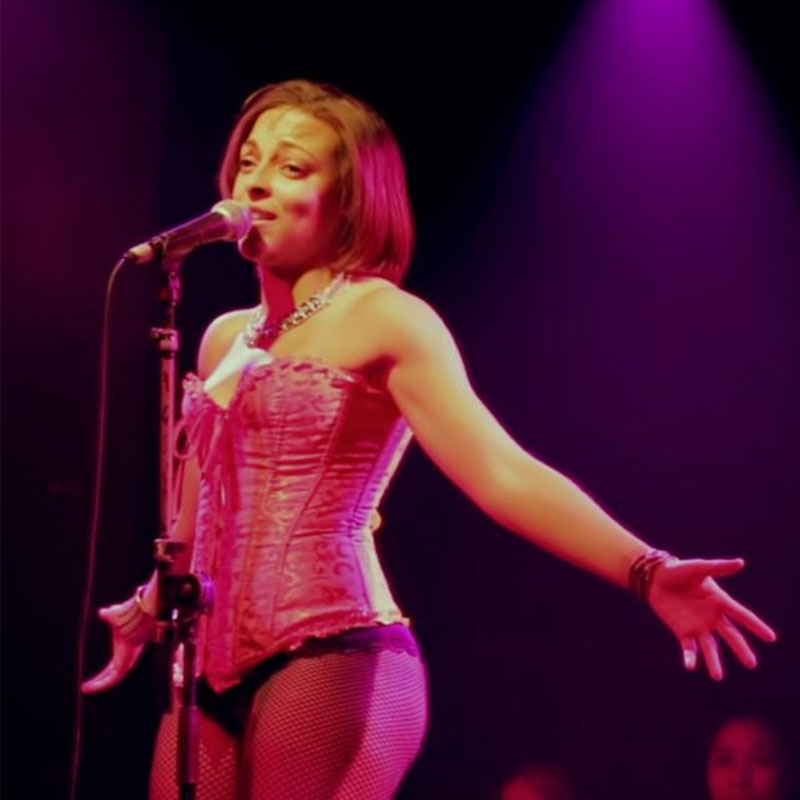
Musical Numbers
Musical numbers are one of the most important aspects of any burlesque show. As it branches from early theater, burlesque performances often showcase talented singers and dancers to entertain the crowd. You can expect to see multiple forms of music within a show, whether it’s a performer singing or someone dancing provocatively to a popular tune.
Jokes and Comedic Sketches
Comedy is still an important part of a burlesque show, even today. Most burlesque shows today will feature a great deal of jokes and comedic sketches throughout the performance. While some shows are more comedy-forward than others, you can still expect to have a few laughs at any modern-day burlesque show you may find yourself attending.

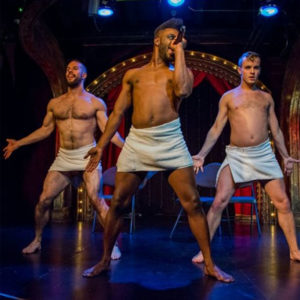
Women and Men Performers
Many people are under the impression that a modern-day burlesque show features only women. While some performances may feature more women than men, most shows still include both genders, especially when it comes to comedic acts. Of course, nowadays you might even be able to find a male burlesque show if you’re lucky.
Provocative Dancing and Strip Teases
One of the most well-known parts of a burlesque performance is the exotic dancing you’ll see featured throughout the show. Some performances may highlight their dancers with consistent, large, bawdy dance routines and musical numbers with strip teases. Other shows may be more like a variety show, with comedic bits and other sketches supplemented in between. Burlesque shows can include strip teases, provocative dance numbers, fan and bubble dancing, and even more.
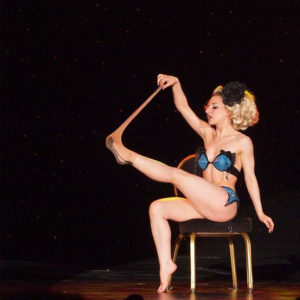
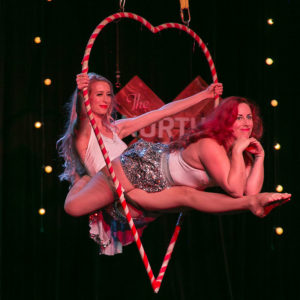
Acrobatics or Gymnastics
When it comes to a burlesque show, you will never know exactly what to expect. Some shows will have multiple performances by a single performer and others will have multiple large numbers with their entire cast of members. In some shows, you might even get to see acrobatics or gymnastics performed.
Burlesque Costumes Today
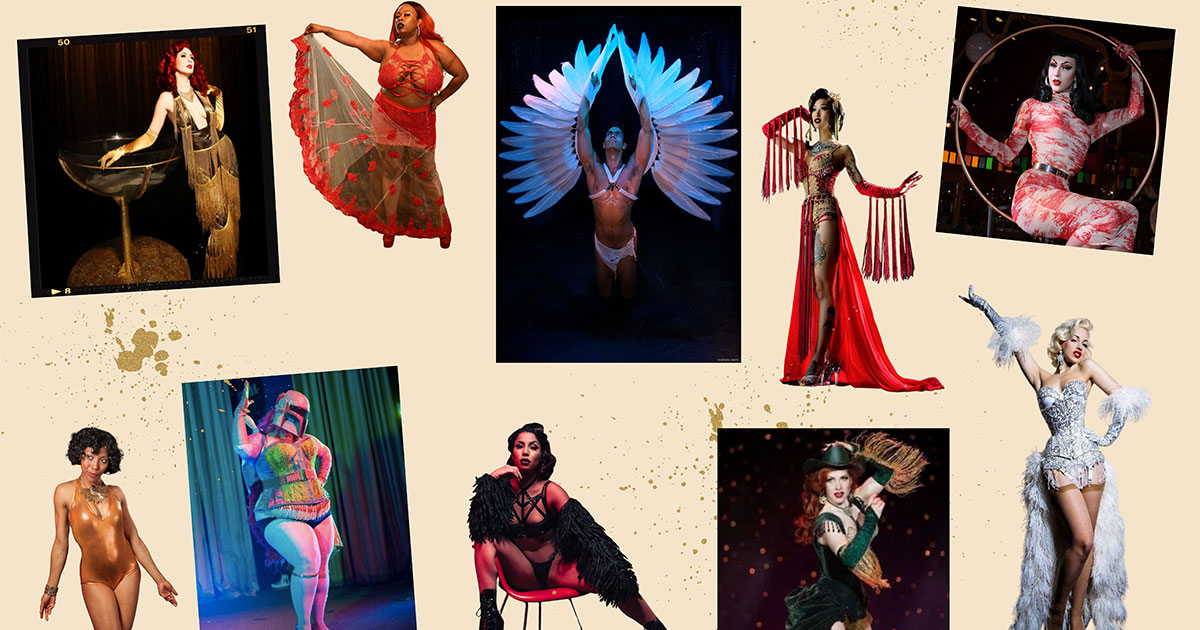
Burlesque costumes highlight extravagance and gaudy styles, while sometimes using skimpy or minimal clothing. The costumes you’ll see in a modern-day show will vary depending on the kind of performances that are being put on. Over time, the burlesque dancer costumes have changed almost as much as burlesque itself.
When burlesque first became popular with the help of Lydia Thompson, costumes looked much different than what we see today. In the 1860s, women were barely showing ankles, let alone their whole bodies. The early forms of American burlesque saw costumes with gaudy dresses but with women wearing tights instead of the normal, loose pantaloons.
It didn’t take long for American burlesque to dive deeper into the costumes we now associate with burlesque today. In fact, by the late 1890s and early 1900s, burlesque shows began slipping in provocative costumes and even the occasional strip tease. Still, the costumes of the early American burlesque area were not as revealing as they would be in the future.
It was in the 1920s where extravagant feathers and ornate details began to be paired with a sexier costume style. Pasties began to be paired with feather fans, and performers learned how to emphasize their body and their art at the same time. By the 1930s and 1940s, burlesque became a show of erotic dancing with beautiful costumes and extravagant musical numbers, all combined to create the show of a lifetime for any audience members.
Burlesque and Women Empowerment
“I would see these half-naked women of every shape, smiling at themselves in the mirror as it happened. And I was like, whatever this is, I want there to be more of it.”
— Jo Weldon
Burlesque is an art form that broke barriers for women in the entertainment industry. They found they could be respected, both with and without conservative clothing. The art form also gave many women of color the opportunity to perform in venues traditional theater performances would not allow. Today, burlesque is one of the many ways that a woman can claim her power and feel confident, if she feels comfortable doing so. 5
Have you ever wondered what type of burlesque persona you might take on? Head on over to our fun quiz to discover your unique burlesque archetype!
Resources
- Scott, Shelley. (2014). “Teasing, Transgressing, Defining—Broadening the Spectrum of Sexy.” Canadian Theatre Review, (158), pp. 5–6. https://doi.org/10.3138/ctr.158.001
- Katritzky, M. (1998). The Commedia dell’arte: An Introduction. Theatre Research International, 23(2), 99-103.https://doi.org/10.1017/S0307883300018447
- Regehr, K. (2012). The rise of recreational Burlesque: bumping and grinding towards empowerment. Sexuality and Culture, 16(2), 134+. Retrieved April 26, 2022, from https://link.gale.com/apps/doc/A382536948/HRCA?u=anon~b5f4f026&sid=googleScholar&xid=1c4401cd” target=”_blank
- Rosen, D. (2019). The Lost Art of Nude Fan Dancing. Sexuality and Culture, 23(3), 1019+. Retrieved April 26, 2022, from https://link.gale.com/apps/doc/A593936333/AONE?u=anon~a6b4a193&sid=googleScholar&xid=5fc5380d
- Dodds, S. (2013). Embodied Transformations in Neo-Burlesque Striptease. Dance Research Journal, 45(3), 75-90. Retrieved April 26, 2022, from https://www.cambridge.org/core/journals/dance-research-journal/article/abs/embodied-transformations-in-neoburlesque-striptease/57F44AE45E8AAFAF619A083D6069CF1A
